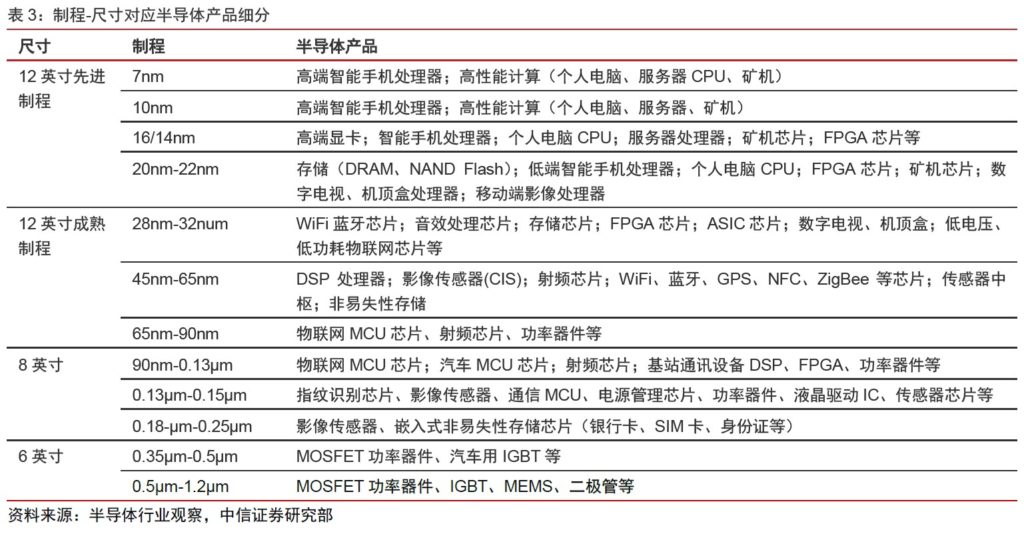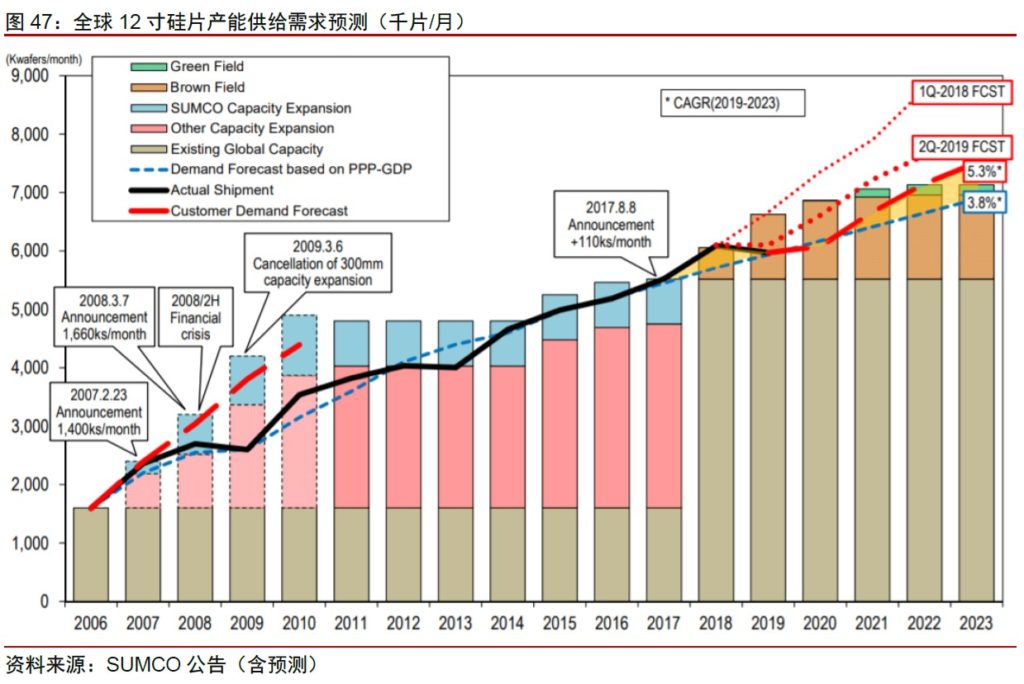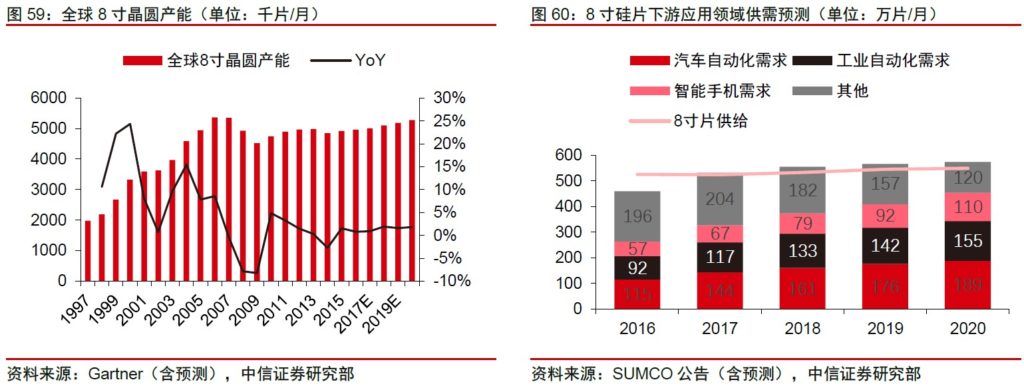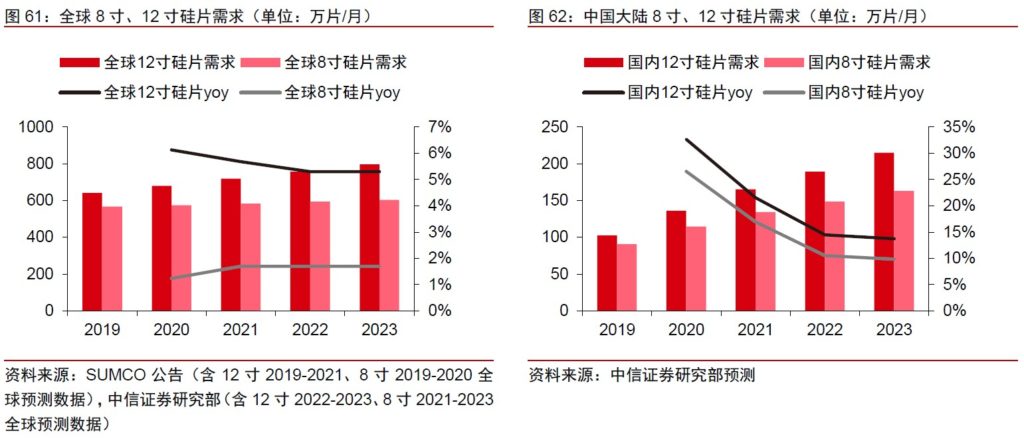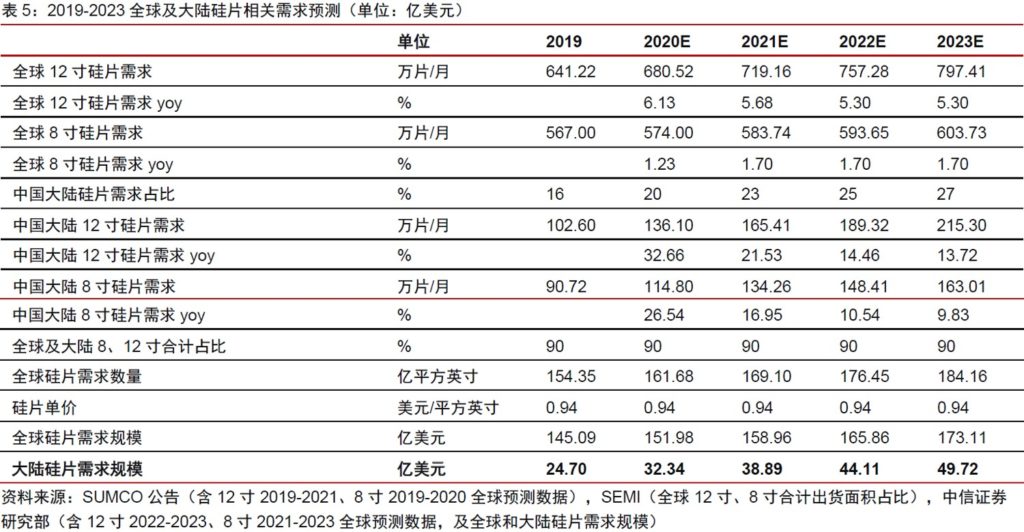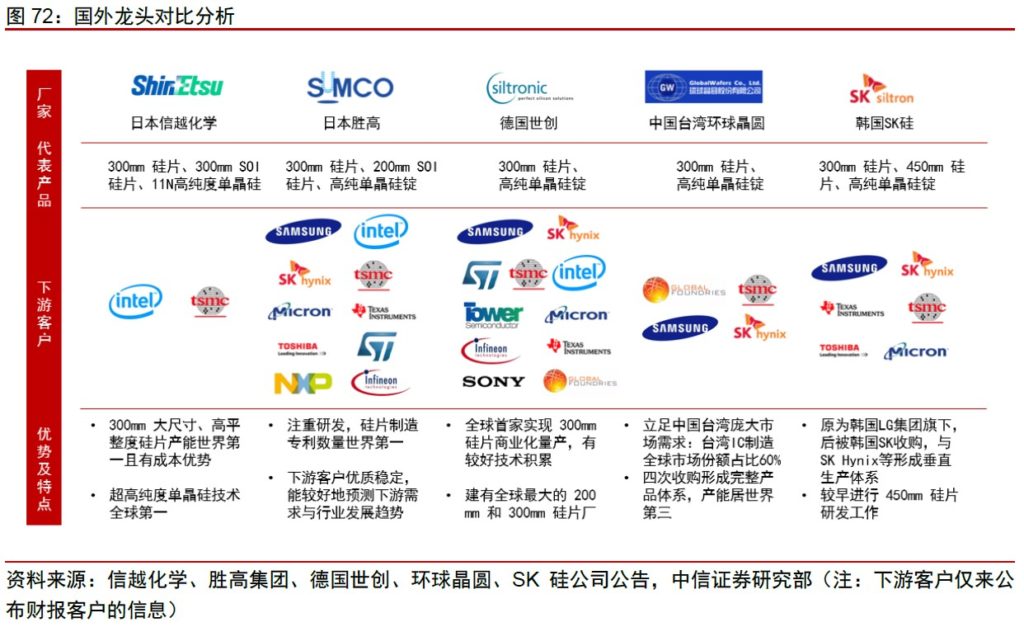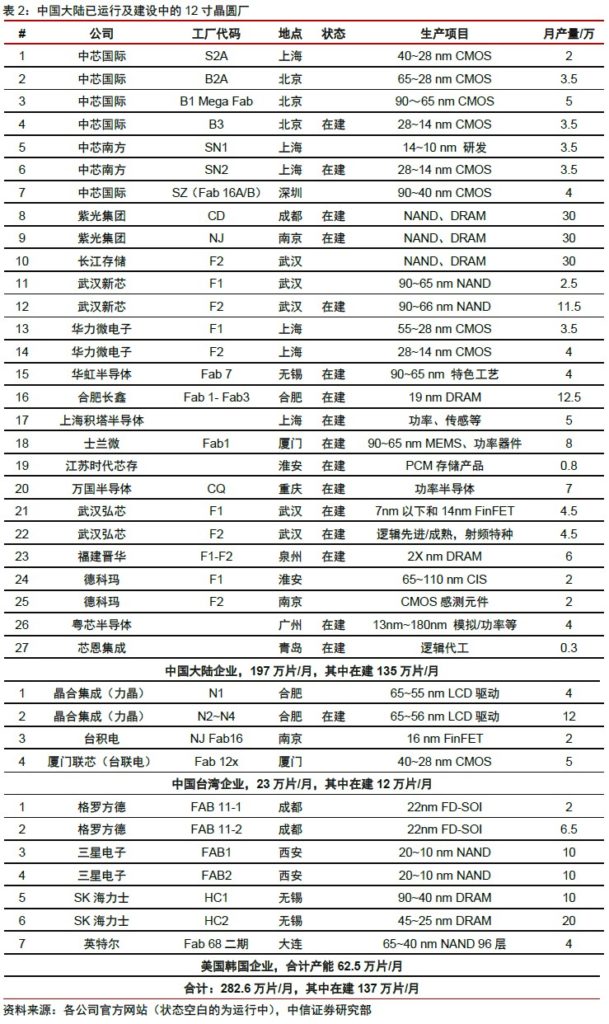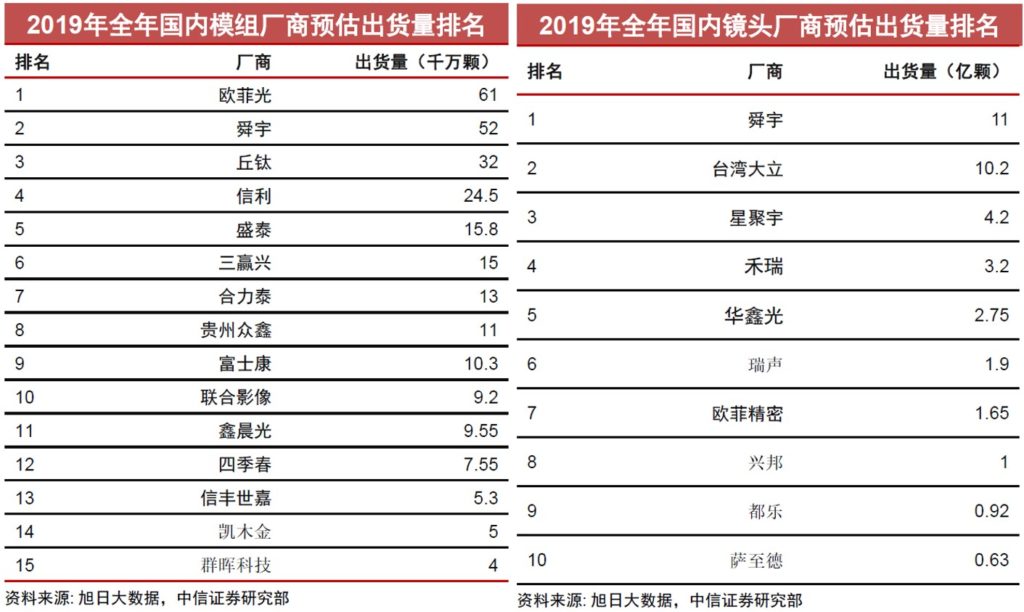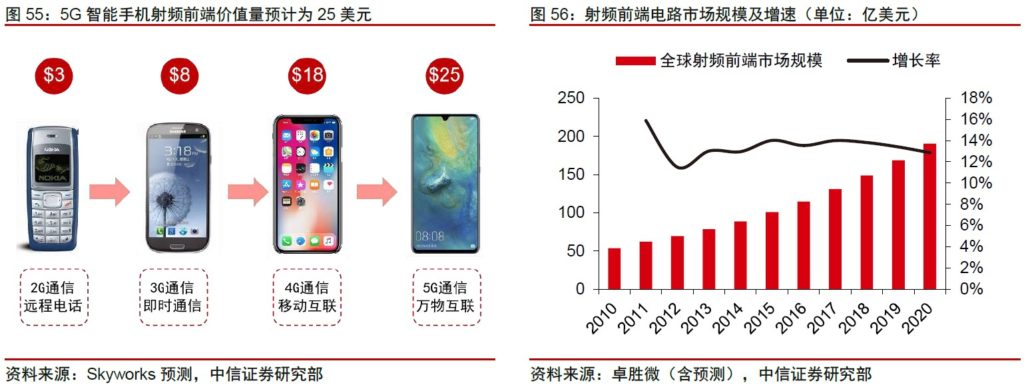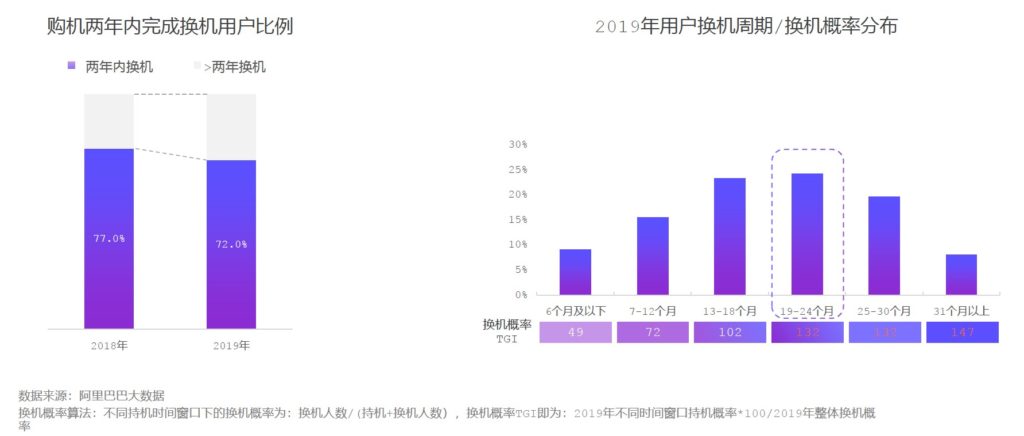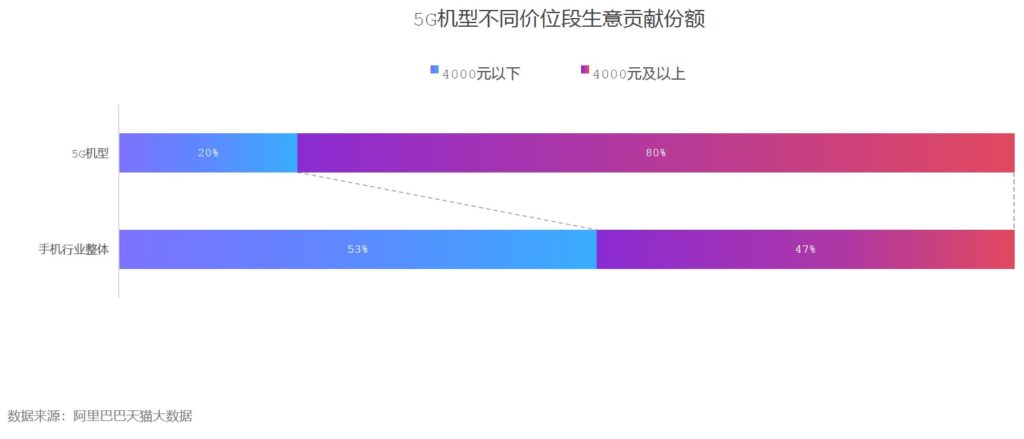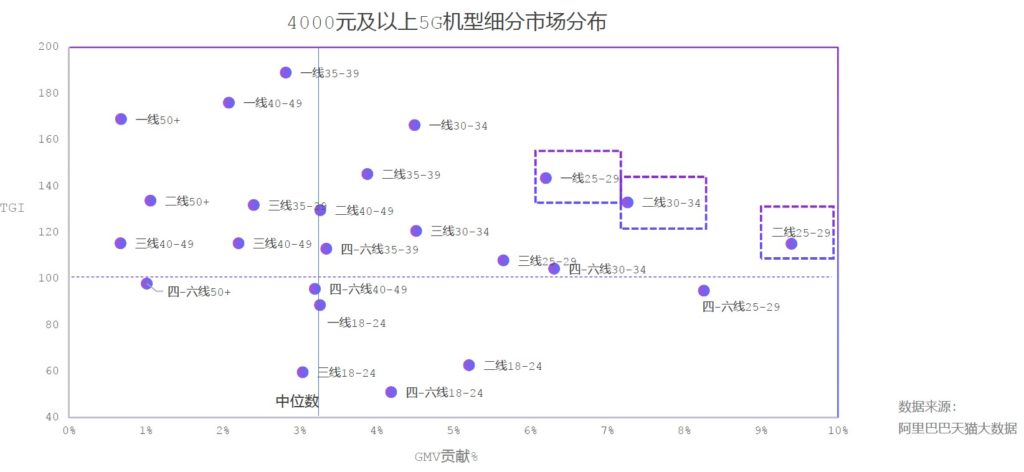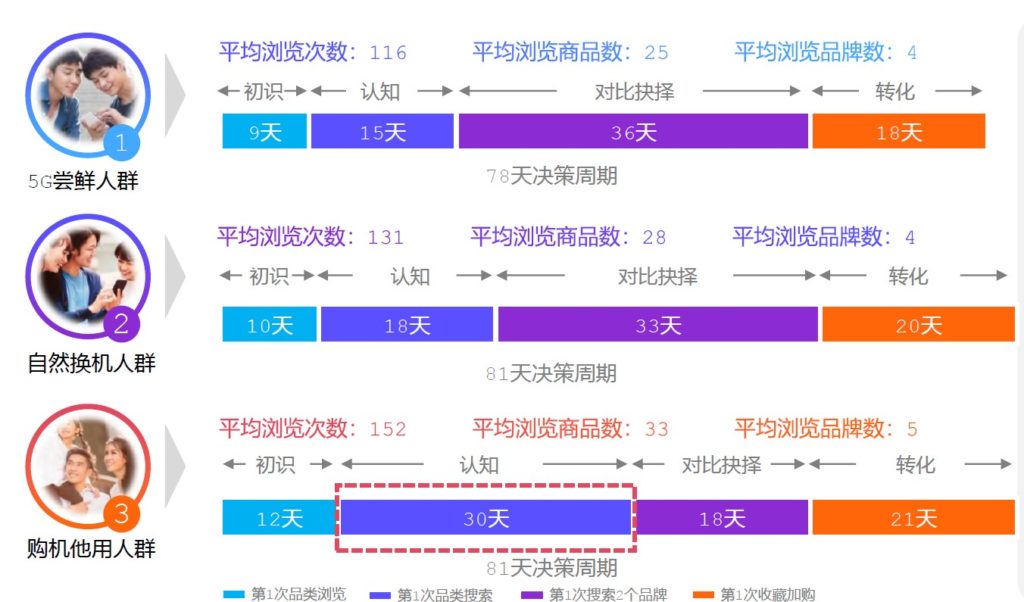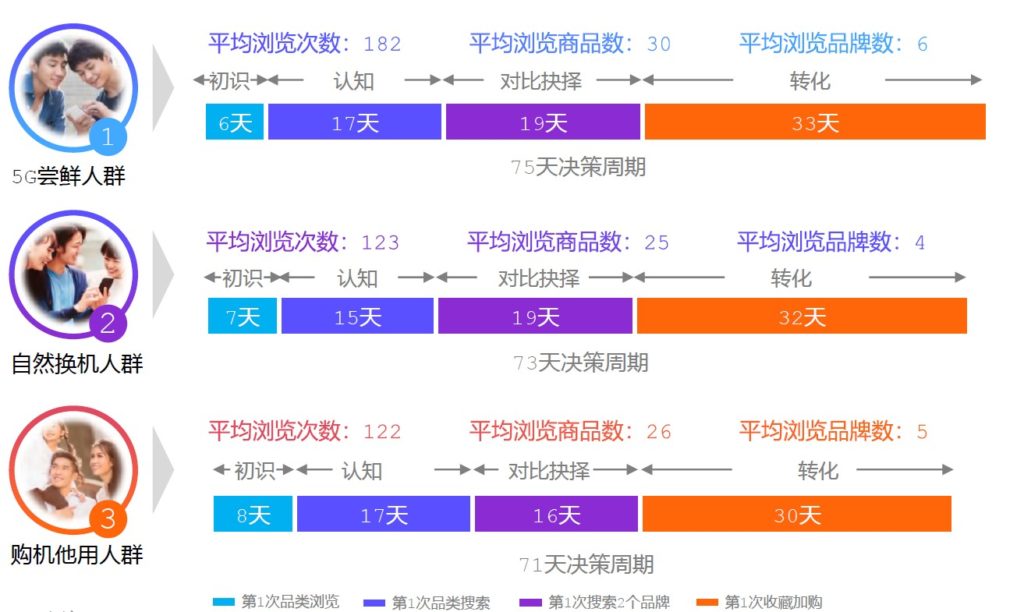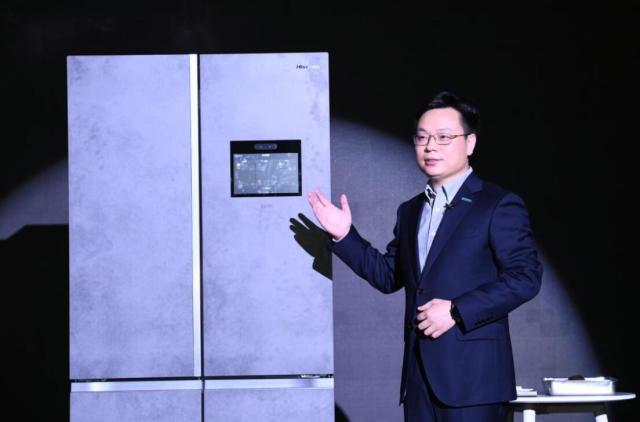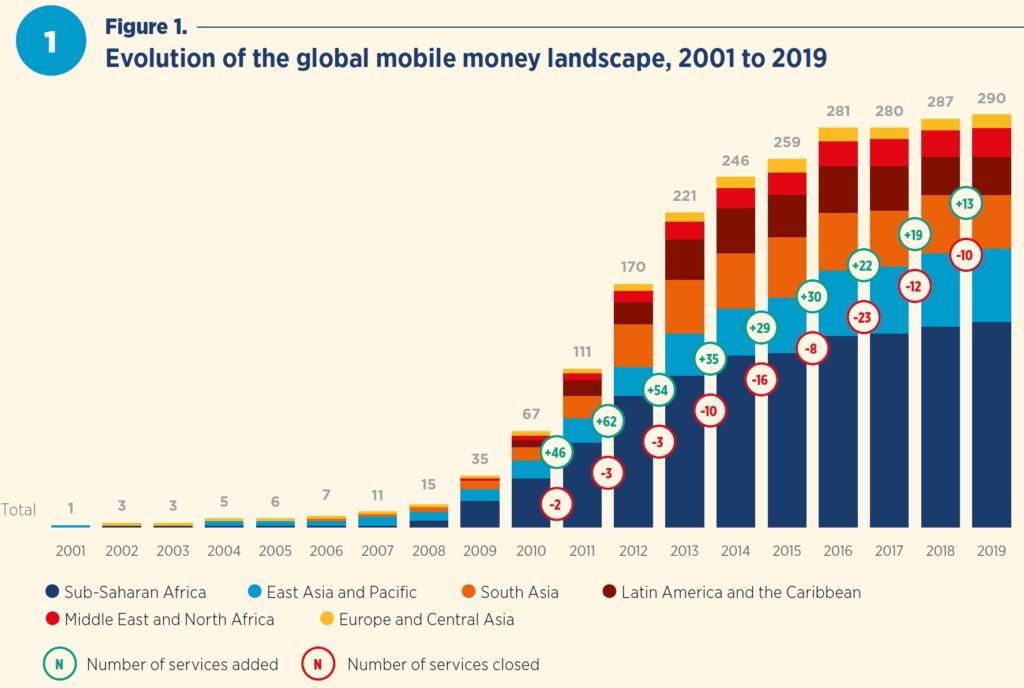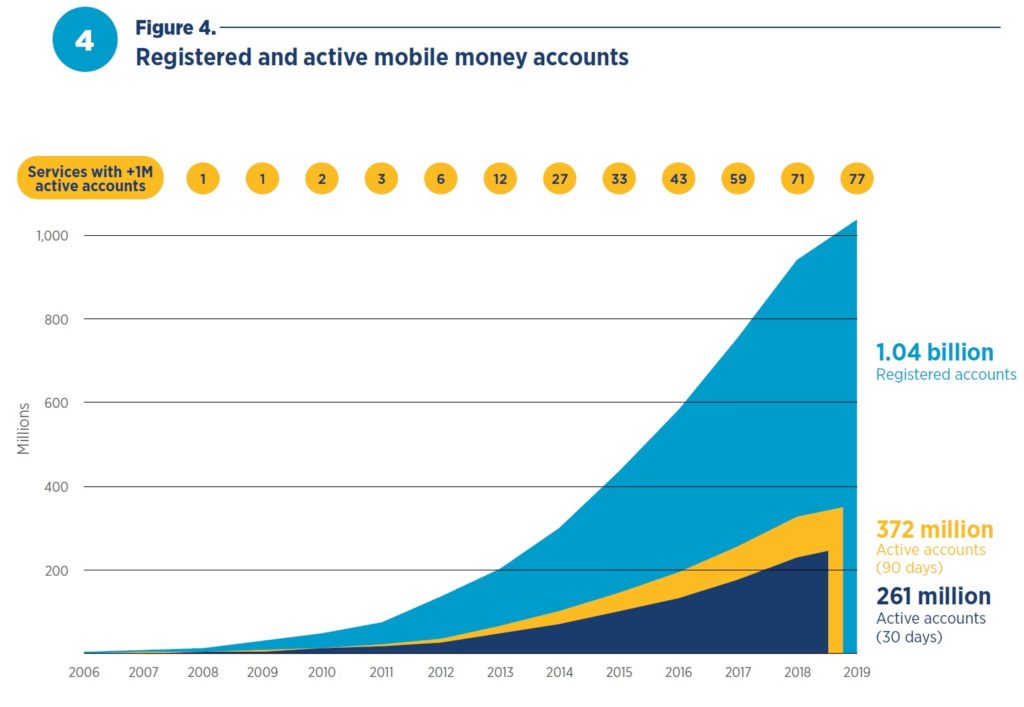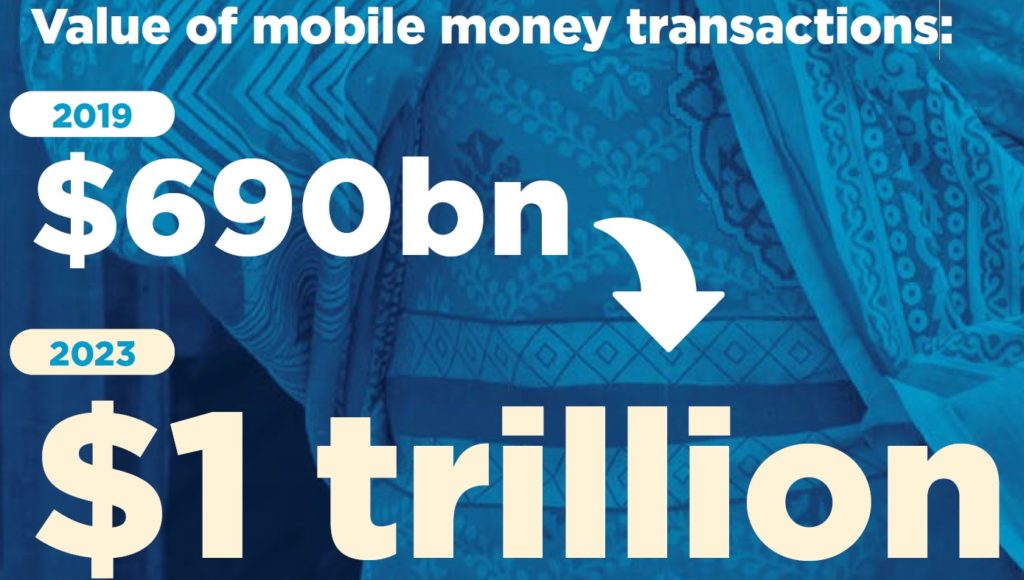
4-26 #OneEarth: LG Innotek has sold off its LED business; OPPO has revealed that contactless wireless charging has no technical barriers; etc.
Chipsets
The advanced process below 20nm is mainly used in the field of high-performance computing, such as smart phone main chip, computer CPU, GPU, high-performance FPGA, etc. The 20nm-32nm advanced process is mainly used in storage and low-end microprocessors, including memory chips such as DRAM, NAND Flash, low-end processor chips, image processors, etc. The mature process of 45nm-90nm is mainly used in the fields with lower performance requirements and higher cost and production efficiency requirements, such as mobile phone baseband, WiFi, GPS, Bluetooth, NFC, NOR Flash chips, etc. 90nm-0.15μm are mainly used in analog chips and photoelectric sensors. 0.18μm-0.25μm are mainly non-volatile storage (NVM) such as bank cards, SIM cards, etc., and 0.35μm or more are mainly power discrete devices such as MOSFETs and IGBTs. (CITIC Securities report)
From 2009 to 2011, due to the rise of smartphones, the price of silicon wafers continued to rise. As the inventory of silicon wafers has increased and the sales volume of phones declined, the price of silicon wafers declined accordingly, from USD1.09/in2 in 2011 to USD0.67/in2 in 2016. With the rise of AI in 2016, the demand for silicon wafers continues to increase, entering a new round of price increases. In 2019, 5G entered the commercial stage, and the price of silicon wafers rose to USD0.94/in2. (CITIC Securities report)
Since the global opening of the 12” wafer manufacturing line in 2000, market demand has increased significantly. In 2008, the shipments of 12” wafer exceeded 8” wafers for the first time, and in 2009 it exceeded the total shipment area of wafers of other sizes. From 2016 to 2018, due to the vigorous development of emerging markets such as AI, cloud computing, and blockchain, the CAGR of 12” silicon wafers is 8%. In the future, the market share of 12” silicon wafers will continue to increase. According to SUMCO, there will still be gaps in the global supply and demand of 12” silicon wafers in the next 3-5 years, and the gap will increase with the improvement of the prosperity of the semiconductor cycle. By 2023, there will be more than 1000K / month gap. (CITIC Securities report)
SUMCO forecasts the demand for 8” silicon wafers will increase from 4.6M pcs / month to 5.74M pcs / month in 2016-2020. It is driven by the growth of smartphones and automotive electronics. In recent years, fabs have been more cautious about 8” capacity expansion. According to Gartner, the CAGR of global 8” wafer capacity for 2017-2020 is 1.77%. SUMCO indicates that there is almost no expansion plan for 8” silicon wafers in 2020. It is expected that the supply will continue to be tight in 2020, and the gap between supply and demand will continue until 2020 or even longer. (CITIC Securities report)
The global demand for 8” and 12” silicon wafers is expected to be 6.04M wafers / month, 7.97M wafers / month in 2023, and 1.63M wafers / month and 2.15M wafers / month in mainland China, accounting for 27% of the total. It is estimated that the global 8” and 12” silicon wafers will have a CAGR of 1.6% and 5.6% from 2019 to 2023, and the demand for silicon wafers will rise from 5.67M, 6.41M wafers / month to 6.04M, 7.79M wafers / month, respectively. (CITIC Securities report)
The global semiconductor wafer market share is mainly attributed to 2 major and 3 minor suppliers. Japan ’s Shin-Etsu Chemical and SUMCO are the two major leaders in the semiconductor silicon market, and their downstream customers have basically covered all well-known manufacturers such as Intel, TSMC, Samsung, Sony. (CITIC Securities report)
According to CITIC Securities’ review of new fab capacity plans, at least 29 fabs will be built in mainland China in the next 5 years, with a total capacity plan of 2.07M wafers / month, with a total investment of more than CNY900B. There are currently 37 12” fabs, of which 17 are under construction, with the total foundry production capacity: 2.826M wafers / month, including 1.37M wafers / month. (CITIC Securities report)
Touch Display
LG Innotek has sold off its LED business, with Wooree E&L and Seoul Semiconductor taking over the BLU LED sales rights. With the rights, Wooree E&L is permitted to supply to companies such as LG Electronics, Dell, HP and LG Display via LG Display. Wooree E&L is currently selling LED packages for laptops, monitors, smart PCs, TVs and automobiles. (The Elec, Laoyaoba, C114)
Samsung Display (SDC) and LG Display (LGD) have been shutting down the LCD production line since 3Q19. Entering 2020, SDC and LGD have announced further withdrawal plans. According to Cinda Securities, as of the end of 1Q20, LGD’s P7 production capacity is still 140K; P8 production capacity is still 100K. It is expected that all P7 will be shut down by the end of 2020, and P8 will shut down all TV production capacity by the end of 2020. The 40K of IT production capacity will continue. SDC has originally planned to stop L8-1 and L8-2 production capacity by the end of 2021, while L7-2 retains 50K of IT production capacity. The plan is to stop all production capacity by the end of 2020. Among them, the Korean production line will be converted to QDOLED, and the Suzhou production line will be sold. (Cinda Securities report)
Due to the pandemic, in addition to the accelerated withdrawal of the Korean panel makers, the expansion of production capacity of some panel vendors has also been delayed. According to Cinda Securities, the current capacity expansion plan is as follows: BOE’s Wuhan B17 plant is designed to have a production capacity of 120K and put into production in 1Q20. Due to the pandemic, capacity expansion has been delayed slightly. CSOT’s Shenzhen T7 plant has a designed production capacity of 105K. It is expected to be put into production in 4Q20 and gradually release capacity in 1H21. HKC has also continued to expand production recently, but the company’s financial situation is poor. Its downstream customers are mainly southern white-brand vendors, and its main products are low-end 32” panels. (Cinda Securities report)
Camera
Updated in January 2020, according to Sunshine Media data, in 2019 O-Film still leads the camera module market, follows by Sunny Optical and Q-Tech. Updated in March 2020, also according to Sunshine Media data, Sunny Optical has slightly surpassed Largan Precision to become the leader of camera lens shipments. (CITIC Securities report)
Battery
The father of OPPO flash charging and chief scientist of OPPO VOOC flash charging, Zhang Jialiang revealed that contactless wireless charging has no technical barriers. He has pointed out that contactless wireless charging or even long-distance wireless charging is technically possible without obstacles. But in the productization, it has the requirements of laws and regulations, the requirements of equipment safety and personal safety, and the requirements of cost. (Laoyaoba, Tech Post)
Connectivity
In order to achieve higher transmission rates, 5G mobile phones are compatible with 4G and 3G communication modes at the same time. The number of supported frequency bands will reach 30, which is doubled from the 15 frequency bands supported by 4G. At the same time, MIMO technology and CA technology will also increase the number of RF front-end chips, Skyworks expects the cost of 5G mobile phone RF front-ends to be approximately USD25. (CITIC Securities report)
The next generation of WiFi 7 is reportedly already on the road. The theoretical maximum transmission rate of WiFi 7 can reach 30Gbps, which is 3 times the maximum rate of 9.6Gbps for WiFi 6. WiFi 7 will introduce CMU-MIMO technology. It supports up to 16 data streams, 8 lanes to 16 lanes, proper interstellar highway, etc. (GizChina, My Drivers, 36Kr)
Phone
According to Alibaba and Tmall, in 2019, the proportion of users who completed the replacement within 2 years of purchase in China is 72%, which is a decrease on year, and the average user replacement cycle is extended to 22 months. At the same time, from the point of view of the replacement smartphone, holding the phone for 19-24 months is the replacement window for most users, which is close to the average replacement cycle and has a high probability of changing their smartphones. (Alibaba report)
According to Alibaba and Tmall, judging from the current price range of 5G models consumed by users, it is still dominated by mid- to high-end models, with price tags of CNY4,000 and above accounting for 80%, which is in sharp contrast to the overall price distribution of the industry. However, as 5G products mature and manufacturers continue to dig below the price of CNY2,000, it is believed that in the near future, the main competitive market for 5G mobile phones will gradually complete the transition to low and medium prices. (Alibaba report)
According to Alibaba and Tmall, subdividing consumer groups, the speed of regional 5G infrastructure construction and the consumer spending power have jointly driven the consumers who are born in the 80s in tier 1 / 2 cities becoming the leading role to drive the market penetration of mid-to-high 5G smartphones. (Alibaba report)
According to Alibaba and Tmall, from the initial exposure to the actual purchase on the day of Double Eleven, users have experienced an average decision cycle of nearly 80 days. In terms of differences, under the scenario of buying other smartphones, the crowd needs to establish a longer consumption interest in the early stage. And accordingly, the comparison and selection cycle of users is shorter than other groups. (Alibaba report)
According to Alibaba and Tmall, for the flat-off period after the launch of the new smartphone, users have experienced an average decision cycle of about 70 days, which is slightly shorter than the promotion period. But relatively, due to the lack of marketing campaign intervention on the launch node of the new model, the conversion cycle of users is relatively large and the promotion period is longer. (Alibaba report)
Home
Hisense has released the world’s first RFID food management refrigerator, for the first time to achieve food identification and management using RFID technology. The refrigerator AI smart function can monitor the quantity of ingredients, according to the frequency of ingredients used, remind users to replenish or clean up in time, and can realize smart recipes to recommend nutritious meal suggestions. (Laoyaoba, Tech Post)
Fintech
According to GSMA, with 290 live services across 95 countries, mobile money is entering the mainstream in most markets where access to financial services is low. Mobile money services are available in 96% of countries where less than a third of the population have an account at a formal financial institution. (GSMA, GSMA report)
According to GSMA, in 2019, customers used their mobile money accounts more often and as part of their daily activities. At the end of the year, 372M accounts — 35.8% of all registered mobile money accounts — were active on a 90-day basis. In East Africa, the cradle of mobile money, the number of active mobile money accounts exceeded 100M. However, the success of mobile money is no longer limited to a few markets and regions. (GSMA, GSMA report)
According to GSMA, total transaction values grew by 20% in the past 12 months, reaching USD690B in 2019, which means the industry is now processing close to USD2B a day. The GSMA forecasts that this strong growth in transaction values will endure, and by 2023 over USD1T will be transacted via mobile money platforms on an annual basis, translating to over USD2.8B a day. (GSMA, GSMA report)
